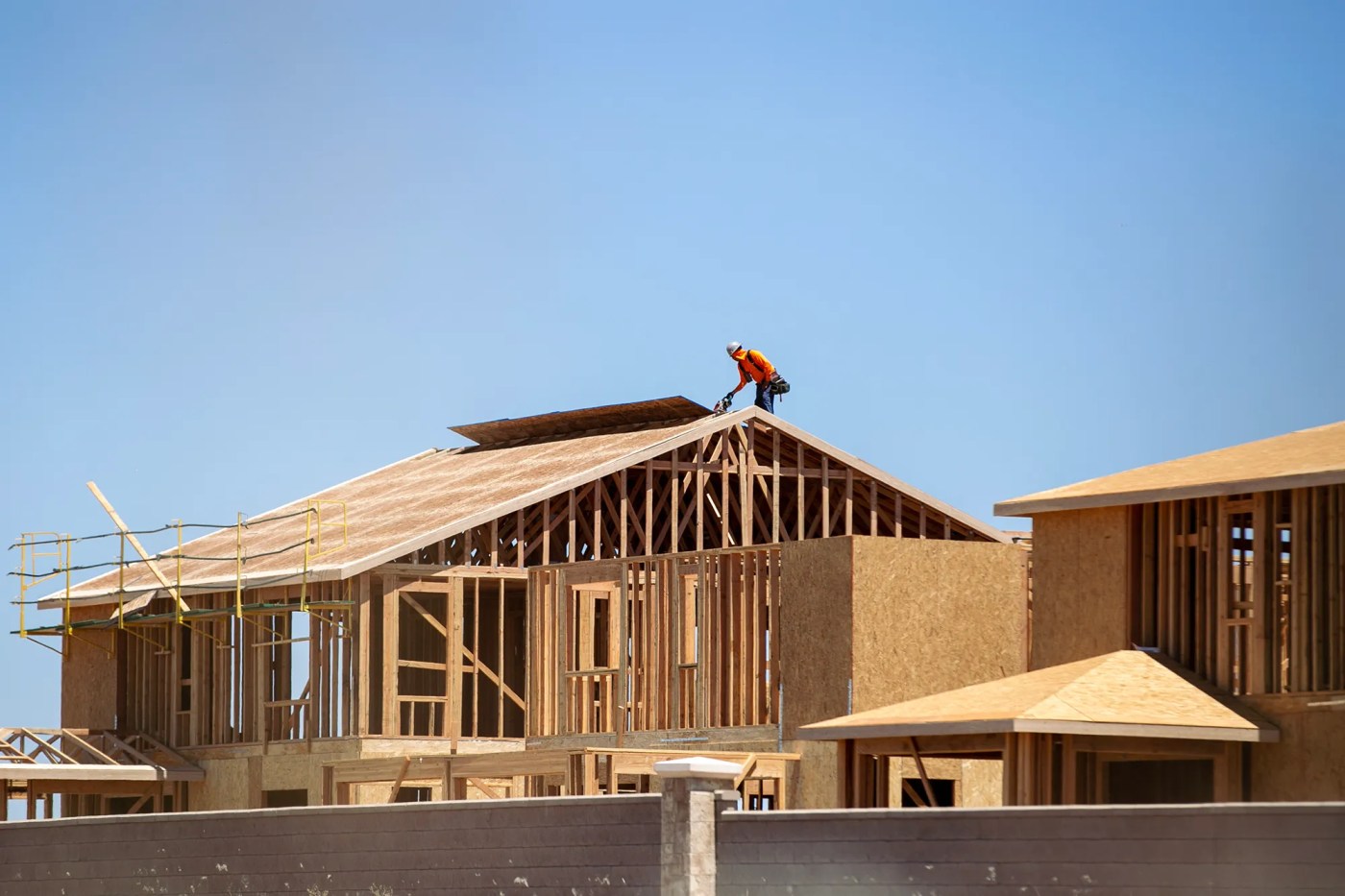The current session of the California Legislature, like all recent sessions, has featured the state’s perpetual conflict over its acute shortage of housing.
Gov. Gavin Newsom and most legislators are striving to eliminate perceived constraints on construction of new housing — particularly laws and zoning policies in cities — while local officials, neighborhood activists and some legislators defend local land use controls.
One skirmish occurred this month in the state Senate’s Natural Resources and Water Committee over two bills that would have weakened the state Coastal Commission’s authority over housing development along the coast. One measure, Senate Bill 1077, would have removed the commission’s power to review “accessory dwelling units” — small cottages built in the backyards of homes. The other, Senate Bill 1092, would have compelled the commission to more quickly process apartment project permits.
Both bills were stripped of their meaningful language and reduced to little more than toothless bromides at the behest of the committee’s chairman, state Sen. Dave Min, a Democrat from Irvine.
The bills’ author, Sen. Catherine Blakespear, a San Diego Democrat, said, “I am absolutely forced to take these amendments and I am doing it willingly, but I did not want to.”
Min, it should be noted, is engaged in a very tight battle for a congressional seat in the uber-affluent 47th Congressional District along the Orange County coast. It includes Huntington Beach, where resistance to new housing, especially low- and moderate-income units, is particularly virulent.
What happened — or more accurately didn’t happen — in the Senate committee typifies the Capitol’s struggles over housing in recent years. Sometimes pro-housing forces win and sometimes their rivals prevail but regardless of political outcomes, California’s housing supply continues to fall short of demand.
The chronic shortage drives up housing costs, which are the major factors in California’s having the nation’s highest level of poverty, according to Census Bureau calculations that include living costs, and contributes to homelessness.
California’s laggard response to housing demand is apparent in a new report by Getac, a Taiwanese technology company whose U.S. offices are, by the sheerest coincidence, located in Irvine, the center of both Min’s Senate district and the congressional district he hopes to represent.
By using census data, Getac calculated rates of housing construction for all 50 states between 2010 and 2020 and California was definitely subpar. Overall, the nation increased its housing stock by 5.9% during the decade but California’s gain was just 4.7%, from 13.7 million units to 14.3 million.
North Dakota was No. 1 at 16.6% and West Virginia was No. 50, having lost 2.5% of its housing, while California was No. 29. Texas (No. 3) and Florida (No. 9), two states often seen as rivals, far outstripped California with gains of 14.6% and 8.6%, respectively.
In raw numbers, both states surpassed California, with Texas adding 1.5 million new units — more than doubling California’s 648,458.
Related Articles
With a baby due in July, a South Bay couple searches for their first home. What could $1.5 million buy?
This map reveals where supersized ‘builder’s remedy’ projects could be coming
Builder’s remedy was supposed to ‘Manhattanize’ the Bay Area. So where are all the houses?
Audit: San Jose failed to adequately track $300 million in homelessness spending
Opinion: How wealth worsens California’s housing crisis and what lawmakers can do
To put it another way, between 2010 and 2020, California’s population grew by 6.1% while its housing supply rose by just 4.7%, increasing the already wide gap. Moreover, since 2020 the state has fallen about 50% short of the 180,000 new units the state says are needed each year.
In 2017, while running for governor, Newsom pledged, in a social media post, that if elected “I will lead the effort to develop the 3.5 million new housing units we need by 2025 because our solutions must be as bold as the problem is big.”
Newsom may have been been much more active than other recent governors on promoting housing construction, but what he and the Legislature have done still has not made a measurable dent in California’s housing shortage.
Dan Walters is a CalMatters columnist.












